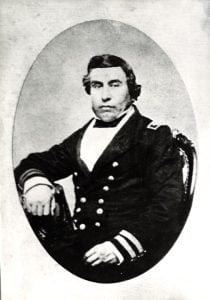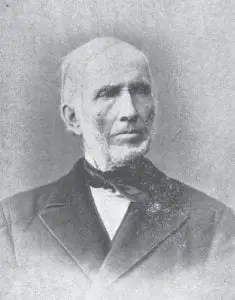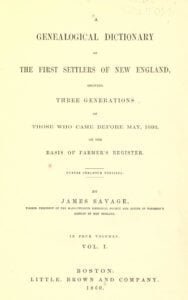Biography of Hon. Frederick W. Lander
HON. FREDERICK W. LANDER. – This gentleman, who was a civil engineer, first chief justice of the supreme court of Washington Territory, and brigadier-general of United States volunteers, 1861-62, was born at Salem, Massachusetts, December 17, 1822, and received his education at Dummer Academy, Byfield, Vermont, and studied civil engineering at the military academy, Norwich, Vermont. Having practiced for several years his profession in his native state, in 1853 Governor Stevens appointed him estimating engineer on the Northern Pacific Railroad survey. After having crossed the continent, he formed the opinion that the first practical and economical solution of the problem … Read more






